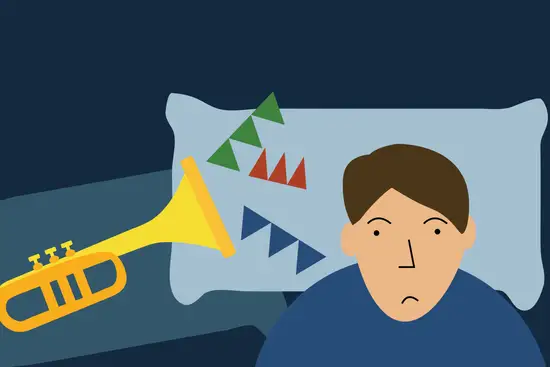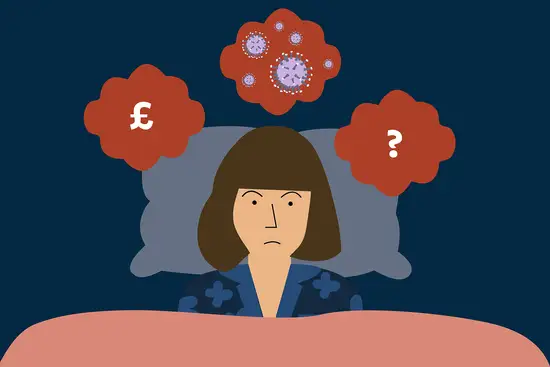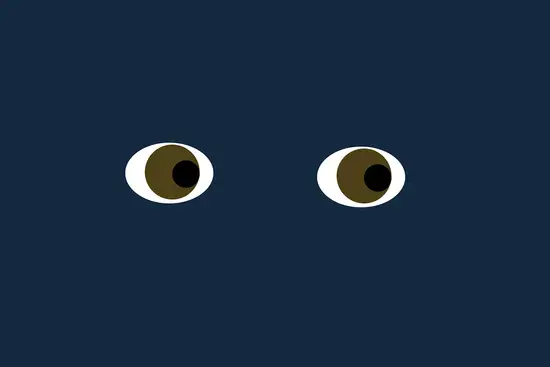What is sleep paralysis?
Think of it as an in-built safety mechanism that prevents you from acting out your dreams. When you’re dreaming you naturally lose muscle tone so you’re unable to act out your dreams. This subconscious paralysis keeps you safe when you’re fighting dinosaurs or whatever you’re doing in your dreams.
For as long as you’re dreaming, you’re out of danger. However, the downside is when you suddenly wake up and the paralysis persists. At most, this alarming sensation will only last a matter of minutes but because it’s happening in the middle of the night it can seem like so much longer. You’re disorientated, you’ve just been dreaming and your arms and legs appear to be pinned to the bed.
Sleep paralysis is surprisingly common
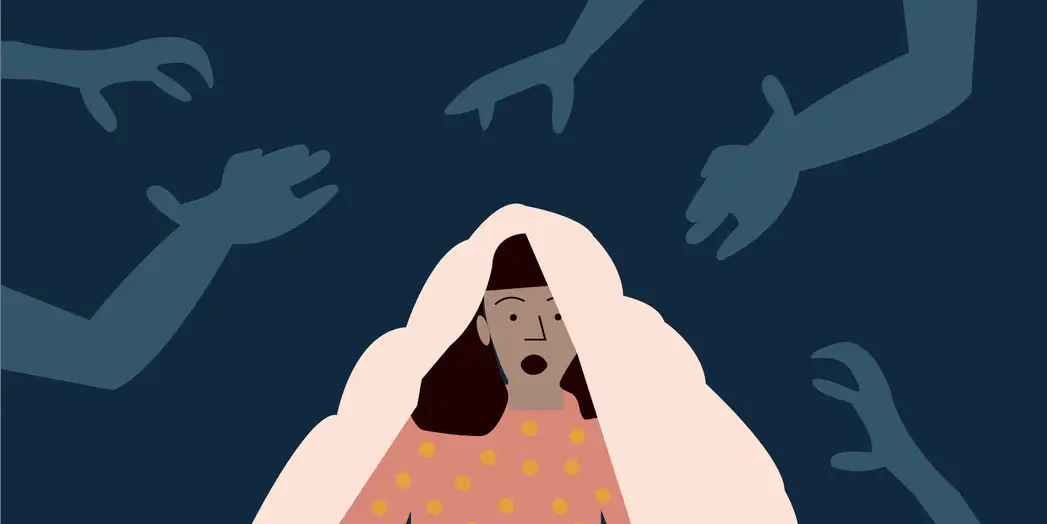
It’s actually more common than you might imagine and many of us encounter its unnerving side effects without truly understanding what’s happening. You’ll often feel:
- unable to move your limbs
- unable to speak
- heavy pressure on your chest
- unable to breathe easily.
However scary it may be, it’s pretty normal to experience sleep paralysis. Working out what’s happening is half the battle. When you understand the condition, you can rationalise the experience and realise it’s nothing to fear. So what else do you need to know?
Key facts about sleep paralysis
- First symptoms often appear in younger years (ages 7-25).
- It’s a brief sensation and at most it will last for a few minutes.
- Despite the scary name, it’s not harmful.
- While it might feel bizarre, it’s completely normal.
- Lack of sleep can trigger an episode.
It affects men and women equally
Research has shown that somewhere between 8% and 50% of people encounter sleep paralysis at some point in their life and approximately 5% of people have regular episodes.1 2 Men are just as likely as women to experience sleep paralysis and it can often rear its ugly head during childhood.
What causes sleep paralysis?
- Insomnia
- Sleep deprivation
- Psychological stress
- Erratic sleep schedules
- Alcohol
- Certain medications that might disturb sleep
- Jetlag
- Narcolepsy
Sleep paralysis and insomnia are linked
Sleep paralysis is rarely observed in a laboratory setting so there is limited objective data on the phenomenon. As a result, it’s difficult to say if sleep paralysis ― in itself ― can negatively affect your sleep.
However, in terms of subjective reports, it’s been found that poor sleep quality can increase the occurrence of sleep paralysis.3
Studies have examined data to understand the association between sleep paralysis and insomnia. Research has found that self-reported symptoms of insomnia are predictive of subsequent episodes of sleep paralysis.3 Interestingly, this link has only been made with self-reported insomnia symptoms, not clinically diagnosed insomnia.
Does sleep paralysis lead to poor sleep?
Some studies have shown that sleep paralysis can lead to difficulties in falling back to sleep after the event.4 5 This might be because of the intense feelings of fear, or sense of threat, that you experience. It may be due to a more general psychological stress.
It may even be due to supernatural beliefs about what has occurred. In this case you might feel unable, or even unwilling, to fall back to sleep quickly following an episode. It’s perfectly understandable. The fear of another period of sleep paralysis is often enough to prolong a restless night.
It could even be that anxiety around impending sleep paralysis could lead to difficulty falling asleep at the start of the night. If you’re worrying about the possibility of sleep paralysis when you get into bed then it’s bound to prey on your mind and affect your sleep.
Sleep paralysis can feel incredibly frightening
If the condition occurs immediately after you wake from a scary dream, then it’s only natural to make the association between sleep paralysis and fear.
The lines become blurred between reality and fantasy and you may genuinely believe that your dream is real. In addition, it’s common for people to experience a hypnopompic hallucination during sleep paralysis.
A hypnopompic event is something that occurs when you transition from sleep to wake (hypnogogic means the opposite). You may hear, feel or see things that aren’t actually there and this only serves to increase your sense of fear ― however irrational.
Some people hallucinate during sleep paralysis
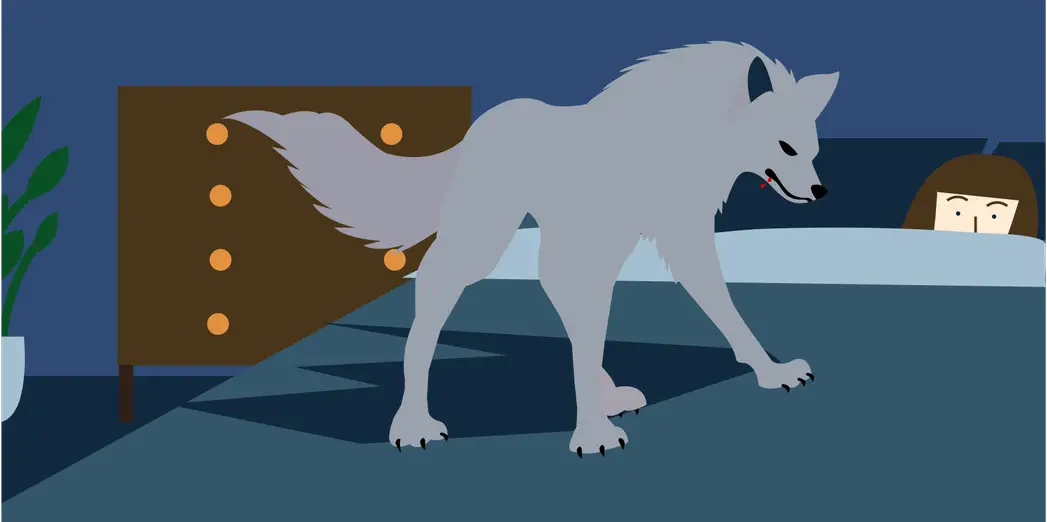
You may have experienced one of the following types of hallucination during a period of sleep paralysis6:
- The belief that there is an intruder in the room.
- The presence of an incubus or demon.
- A sensation of floating and out-of-body experiences.
These sensations can be accompanied by meaningful sounds like voices, whispers and roars or humming, hissing and static. You might also imagine physical sensations such as being dragged out of bed or feeling ‘electric’ tingles or vibrations running through your body.
It’s completely understandable that these unsettling symptoms are usually accompanied by intense emotions such as fear and panic.7 8 9 10 11 However, emotions associated with sleep paralysis and hallucinations are not always negative and you may experience a feeling of serene calm.
Why is there a demon in my bedroom?
Sleep paralysis has been a staple of folklore, myth and legend for centuries. Cultures across the globe commonly considered sleep paralysis to be the work of demons ― or incubi ― who sat on the chests of unsuspecting sleepers.
In 1798 Fuseli painted The Nightmare in response to tales of night terrors. A chilling image depicted an incubus perched ominously on a woman’s chest with a dark horse (the night-mare) peering in from the shadows.
Take a look at this foreboding oil painting and you’ll understand why sleep paralysis suffered from an exceptionally bad press, before science intervened.
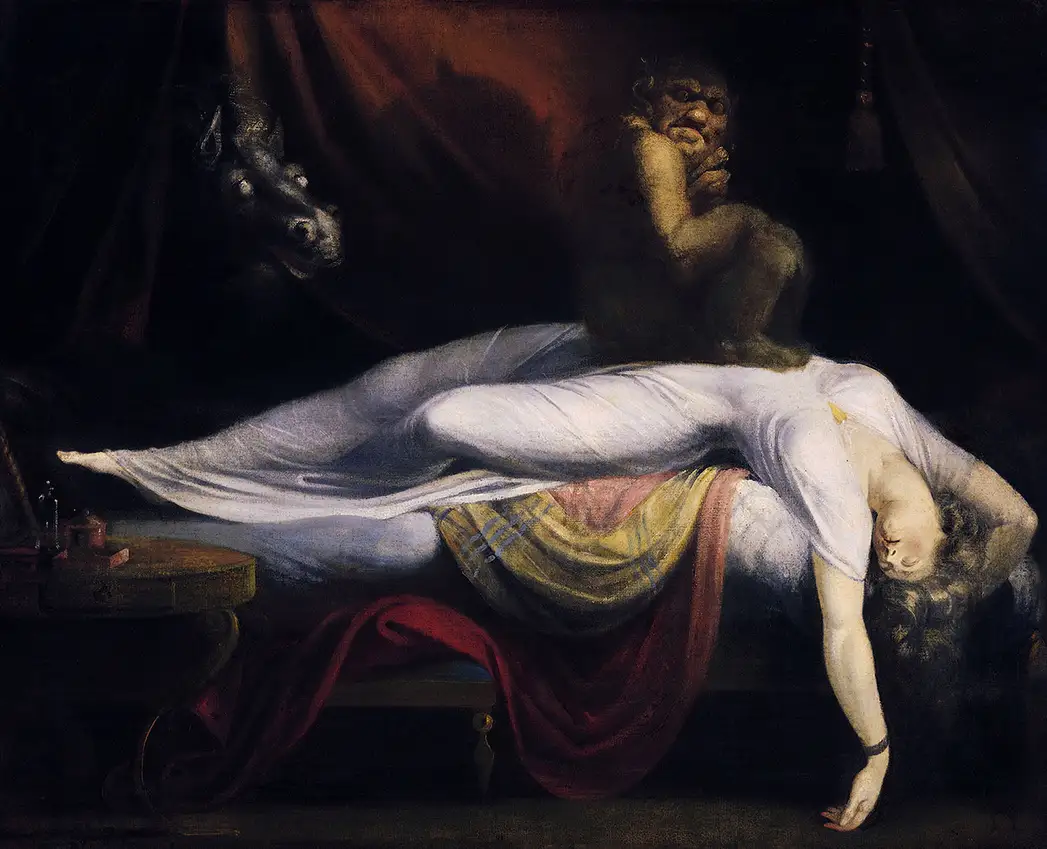
Sleep paralysis can explain reports of paranormal phenomena
Modern science proposes that the sensations and hallucinations associated with sleep paralysis might explain reports of paranormal phenomena such as ghosts, alien abductions and the presence of demons or demonic possession.
When you dream, your dreams are essentially real to both your mind and body. If something occurs in your dream you can:
- believe that it actually happened
- experience physiological sensations that mirror your dream experience.
From time to time we all wake from a dream sweating, breathing heavily with our heart racing and experiencing a feeling of fear or anxiety.
Now imagine what it must be like to wake up like that and find that you can’t move your limbs or escape a punishing weight pressing down on your chest. No wonder you would interpret these sensations as evidence of your dream coming true.
If, for instance, you dream of being abducted by aliens and subjected to devilish probing – a common theme within these dreams – then waking suddenly in a state of sleep paralysis can seem self-fulfilling. You may experience the physical manifestations of your sci-fi ‘trip’ and believe in the truth of a fearful experience.
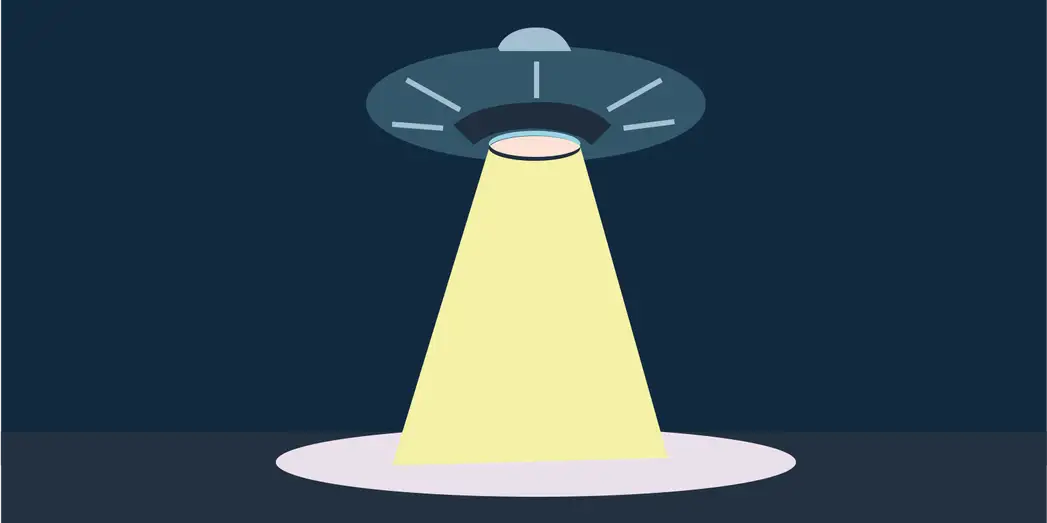
Our interpretation of sleep paralysis makes it feel scary
Many people ask if it’s all in their head. The simple answer is yes. According to some scientists, your view of the scariness of sleep paralysis has been shaped by popular culture.12
If sleep paralysis is interpreted through a particular cultural filter then it may take on greater salience. This is particularly relevant when we consider the modern-day perception of sleep paralysis as being a terrifying phenomenon.
‘The Nightmare’ scenario
In 2015 there was a lot of hype around a documentary entitled The Nightmare in which professional actors re-enacted the experience of sleep paralysis as described by people who have gone through it.
The documentary proposed, quite correctly, that such cultural memes as alien abduction, the near-death experience and shadow people can often be attributed to sleep paralysis.
However, rather than being presented as a documentary film, it was self-proclaimed as a ‘real-life’ horror film. Not for the first time, the lines between reality and fantasy had been deliberately blurred as Fuseli’s 18th century Nightmare was given a 21st century multi-media makeover.
It has been suggested that the film ― and its associated media coverage ― played a key role in shaping the modern belief that sleep paralysis is a terrifying phenomenon that requires urgent treatment. In truth, for the vast majority of people, it’s merely sufficient to reassure them that sleep paralysis is common and generally not serious.
How to stop sleep paralysis
Cognitive Behavioural Therapy for insomnia ― offered by Sleepstation ― may be beneficial in reducing sleep paralysis by improving your sleep and sleep schedules. In severe cases, where the experience of sleep paralysis is having a significant effect on your mental and emotional wellbeing, treatment with Tricyclic (TCA) or Selective Serotonin Reuptake Inhibitor (SSRI) antidepressants may be warranted.13 If sleep paralysis persists in these cases then narcolepsy could be the cause.14
In summary
Sleep paralysis is relatively common, although some people will only experience it rarely if ever, and is a perfectly normal, experience. Although the sensations experienced during sleep paralysis can be scary, frightening and even threatening, they should be understood for what they really are: merely the continuation of the dream you were having.
When the unnerving sensations associated with sleep paralysis are understood, the experience becomes much less scary. Knowledge is therefore a key factor in managing symptoms.
If you can get to the bottom of why sleep paralysis happens, and what the symptoms mean, then you’re halfway there in terms of controlling the impact of the experience (which is largely determined by your own interpretations and level of fear).
One final piece of advice: if you really want to understand a scientific phenomenon then avoid watching movies that are billed as ‘real-life horror stories’! These films will feed your fear rather than improve your knowledge.
References
- Sharpless BA and Barber JP, 2011. Lifetime prevalence rates of sleep paralysis: a systematic review. Sleep medicine reviews, 15(5), pp.311-315. ↩︎
- Ohayon MM, Zulley J, Guilleminault C, Smirne S. Prevalence and pathologic associations of sleep paralysis in the general population. Neurology. 1999 Apr 1;52(6):1194. ↩︎
- Denis D. Relationships between sleep paralysis and sleep quality: current insights. Nature and science of sleep. 2018;10:355. ↩︎
- Sharpless BA, Grom JL. Isolated sleep paralysis: Fear, prevention, and disruption. Behav Sleep Med. 2016;14(2):134–139 ↩︎
- Sharpless BA, McCarthy KS, Chambless DL, Milrod BL, Khalsa S-R, Barber JP. Isolated Sleep Paralysis and Fearful Isolated Sleep Paralysis in Outpatients With Panic Attacks. J Clin Psychol. 2010;66(12):1292–13 ↩︎
- Cheyne JA. Sleep paralysis episode frequency and number, types, and structure of associated hallucinations. Journal of Sleep Research. 2005 Sep;14(3):319-24. ↩︎
- Hufford DJ. Sleep paralysis as spiritual experience. Transcultural psychiatry. 2005 Mar;42(1):11-45. ↩︎
- McNally RJ, Clancy SA. Sleep paralysis, sexual abuse, and space alien abduction. Transcultural psychiatry. 2005 Mar;42(1):113-22. ↩︎
- Ness RC. The old hag phenomenon as sleep paralysis: A biocultural interpretation. Culture, medicine and psychiatry. 1978 Mar 1;2(1):15-39. ↩︎
- Cheyne JA, Newby‐Clark IR, Rueffer SD. Relations among hypnagogic and hypnopompic experiences associated with sleep paralysis. Journal of sleep research. 1999 Dec;8(4):313-7. ↩︎
- Cheyne JA. Sleep paralysis and the structure of waking-nightmare hallucinations. Dreaming. 2003 Sep 1;13(3):163-79. ↩︎
- Jalal B, Hinton DE. Rates and characteristics of sleep paralysis in the general population of Denmark and Egypt. Culture, medicine, and psychiatry. 2013 Sep 1;37(3):534-48. ↩︎
- Sharpless BA. A clinician’s guide to recurrent isolated sleep paralysis. Neuropsychiatric disease and treatment. 2016;12:1761. ↩︎
- Wills L, Garcia J. Parasomnias: Epidemiology and Management. CNS Drugs. December 2002;16(12):803–810. ↩︎
